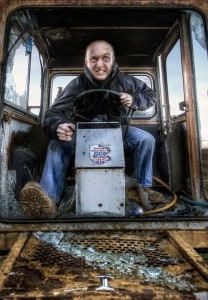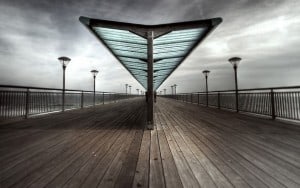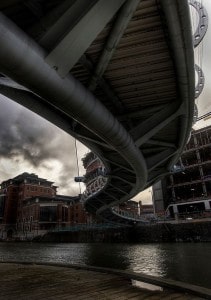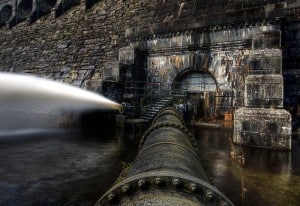What I absolutely LOVE about HDR is the different styles you see out there. The process of HDR leaves a lot up to the individual developing the images, henceforth, the individual’s process dictates the look of the images being created, a style evolves. Peter Nunn’s style really pulled me in, I could tell by the look of his work that he was doing something unique with his processing, Peter, it is working! Your style is impressive and your processing procedures seem to be what is driving such a unique look. I like it, a lot! Keep the HDR coming!
What equipment do you find best helps your HDR photography?
I use a Canon 50D, if I’m shooting HDR i will always endeavor to use a tripod, i seem to shoot most of my HDR shots with my canon 10-22mm with a UV filter or polarizer attached, i generally never use an nd grad and tend to go for freezing the action as opposed to longer exposures to prevent those flaws you get with movement during HDR processing. If i have a scene with movement i will produce a pseudo hdr from a single image, such as my millennium bridge shot.
In your description of “Truro HDR”, say that you merged the images in CS3 and then tonemapped in Photomatix. Do you find Photoshop’s HDR merging more useful than Photomatix?
The Truro HDR image comprises of 15 shots, with an interval of 1-f stop, i used CS3 to blend the images as it can cope and does a much better job at blending large numbers of shots, once it had blended the shots i just saved the file and opened it in Photomatix, i find the interface for tone mapping is much easier than in CS3. I will often blend in both Photomatix and Photoshop and use the file which looks best as they often produce very different effects.
One of my favorite things about HDR is the involvement photographer’s hand and eye in the post processing. Thus the process of HDR brings out distinct style from artist to artist. You style is intriguing, almost dark and mysterious, can you go into the style behind your post processing?
My style when shooting HDR comes mostly from what i do in Photoshop. I shoot HDR so that the O exposed image has as much information on the histogram as possible and biased to the right hand side of the histogram, to get as much info out of the darks as possible. I also do very very little during tonemapping, i Generally have strength set to 100, ignore the saturation and boost the micro-contrast, i will adjust the luminosity to achieve a good curve on the Histogram, to prevent loosing information. I then open in camera RAW viewer and start tweaking. I tend to tweak for more natural looking HDR, i like to add darker contrast using levels and curves, with tons of layers and often de-saturate the final image.
This is an excellent self portrait, however, HDR tends to wreak havoc on portraits. How did you overcome the grimy feel HDR usually portrays on skin?
I overcame the grimy feel in ‘Field rage’, by lots of noise reduction, using unsharp mask to maintain detail and sharpness. I find using dodge and burn is a god send at recovering the grimy feel to most HDR’s. In the past i have also used the median function found in noise filter menu, in CS3 to smooth skin tones.
Anything else you would like to add?
I think HDR is an adventure from the on set and we all take different routes. When you find something you like you stick to it.
More Peter Nunn:















Excellent work, well done Peter.